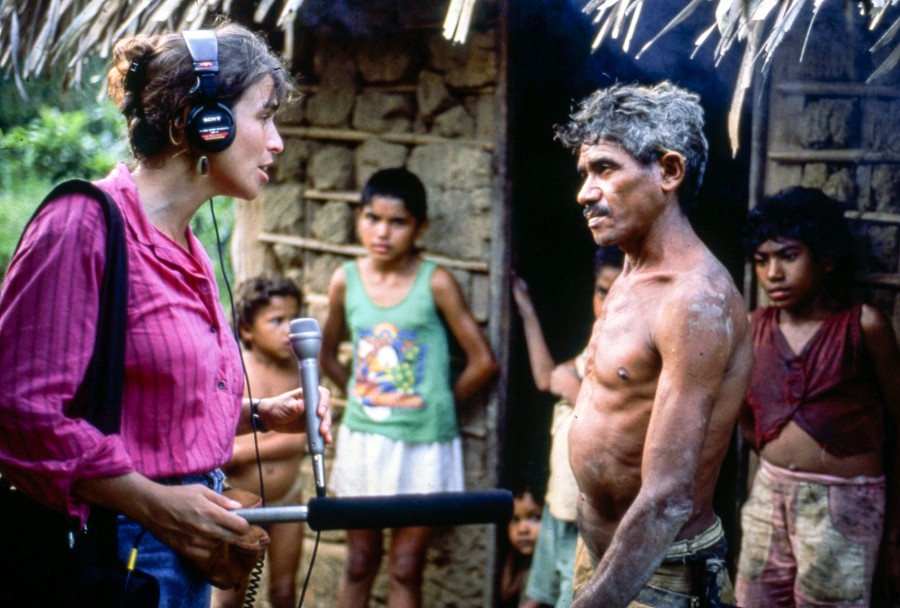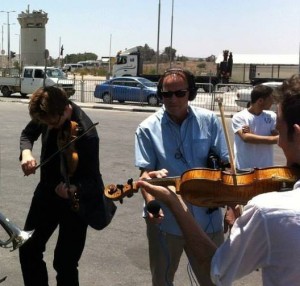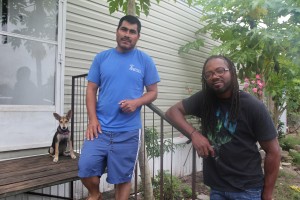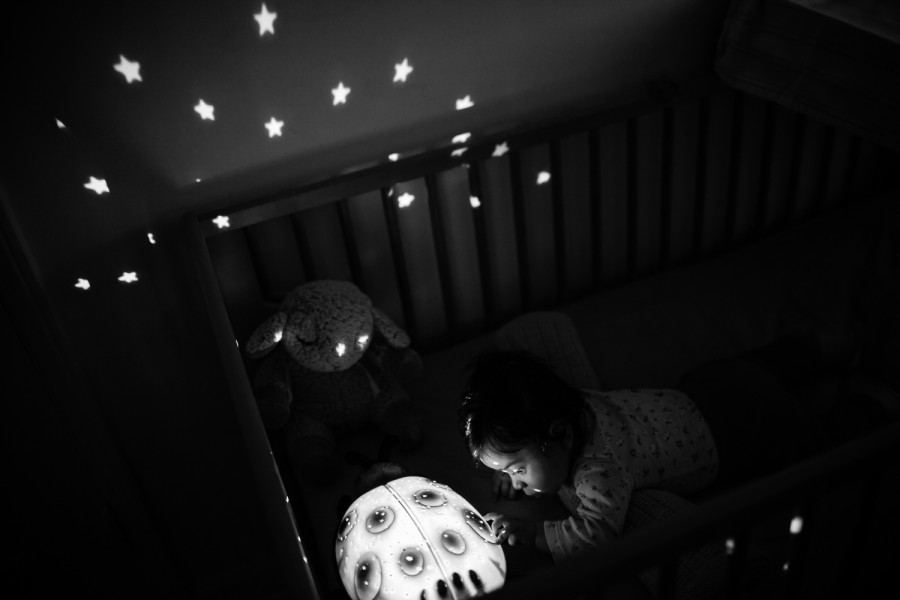
Earlier this week we published the eulogy delivered by Sandy Tolan at a January 25 memorial event for Cecilia Vaisman at the Medill School of Journalism at Northwestern University. Today we’re sharing the words of David Jackson, an investigative reporter with the Chicago Tribune who works with Ceci’s husband, Gary Marx. You can see and hear the entire celebration here.
On Nicaragua’s Miskito coast, Cecilia Vaisman recorded the sound of the earth on a steamy morning, the war songs of arms-bearing Indians and the droll comments of American investors who had commandeered a powerboat to explore and exploit the region’s timber.
Her radio report from that faraway place captured a world divided into two tribes. Not indigenous people versus adventuring capitalists, but: those who listen and those who don’t.
It seems so obvious on a day like this. In the end, the only thing that gives value and meaning to our lives is the good we’ve done for others. The times we pulled the ribcage open to reach for the lamp glowing there and give every bit of its warmth and light to someone else.
Cecilia gifted all of us. Again and again, she taught us and taught this heedless, out-of-kilter world to stop, and listen.
The impassioned, charismatic teenager who mastered the double bass became the master journalist so deeply in step with a polyrhythmic planet.
She took us to the heart of Charlestown, Massachusetts, and trained our ears on the heavy footsteps of Carolyn Wren Shannon walking her childhood streets, and then Shannon’s frank, forlorn voice as she recalled the casually prejudiced Irish-Catholic home where she was raised to despise blacks… and then, that native daughter’s epiphany: “You can choose to be ignorant or you can choose to be fair,” Shannon told the dark-eyed reporter from National Public Radio.
In those virtuoso broadcasts, you heard little of the journalist’s own voice – courageous, curious, musical Ceci. You didn’t hear her own footsteps as she searched the town for Shannon, and then followed her for days. Her own pounding heart as Shannon gave truth a voice.
Ceci’s colleague Alan Weisman, who with others here co-founded the radio collective known as Homelands Productions, has described some of the intrepid journeys in which Ceci seemed to equip the planet with mics and massive earphones that bound together its most remote regions.
They lay awake in the grimy mountain tents of Freedom Fighters and listened to the guns clinking as one soldier and his soldier wife shared sex amid the endless war. And then, Alan said, she hauled hours and hours of raw audio feed back to her studio and immersed herself for days in that second, sonic world. There, she practiced a kind of alchemy, Alan said, turning the globe’s headlines into poetry and song.
Ceci gifted Medill, working tirelessly to teach students the hard-won lessons of her craft, to pass on to new generations her enduring values and wisdom. I marveled to hear a flock of stories from the first radio class on WBEZ: Ceci stayed so grounded, just beyond earshot, as their young voices lifted on the air like starlings at daybreak.
She brought together the luminous friends in this room – the investigators and artists, perennial students, warriors for justice and everyday exemplary souls – because she could turn a quickly arranged lunch into an hours-long, life-changing walk.
She leaves us to care for her beloved, noble Gary and the young poet named Ana Marx and the athlete who doesn’t yet know he’s a poet, Andres. Her wings are around them now.
Her gift was so great that it showed even in small gestures, at unexpected moments. Like the bright evening in mid-June, three months before her last day, when I walked Gary down to the car where she was waiting to pick him up from work and drive them to a concert picnic at Millennium Park. Thin and hobbled by pain she did not show, Ceci slid out of the front seat and took my hands in hers. I heard what was said in the smile that was hers alone.
Stop. Listen. Live, she said.
She said, Stop. Listen. Live.










